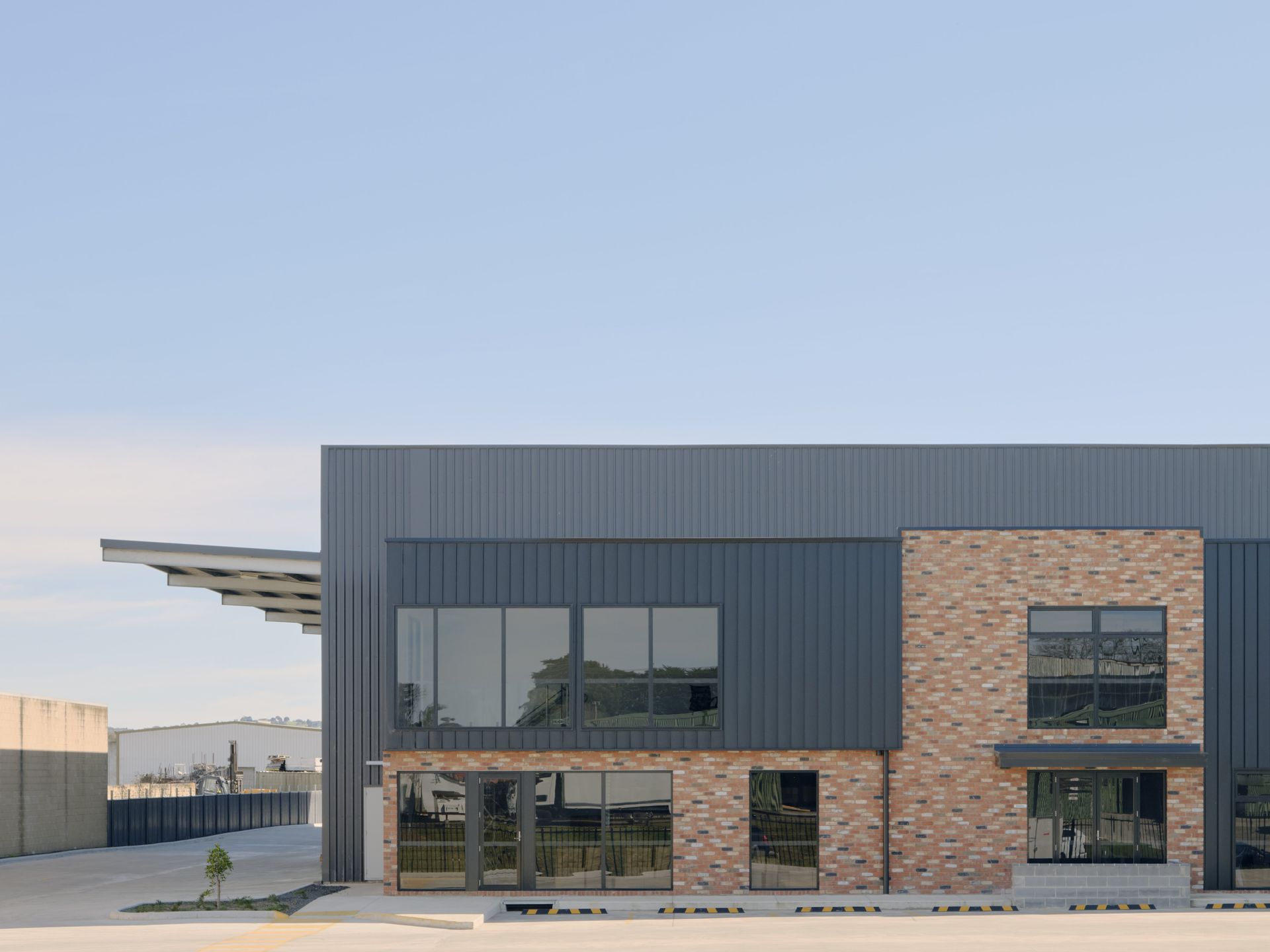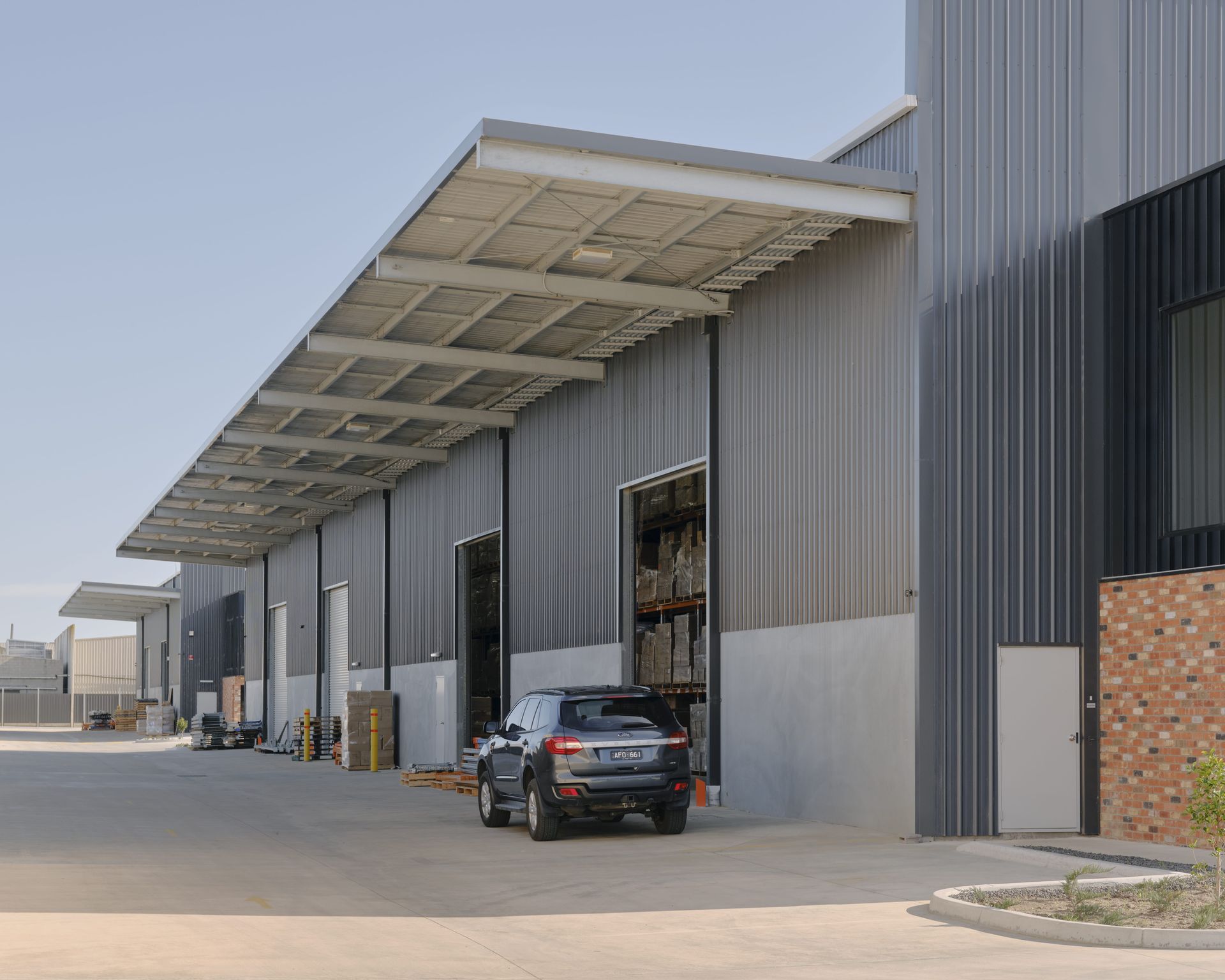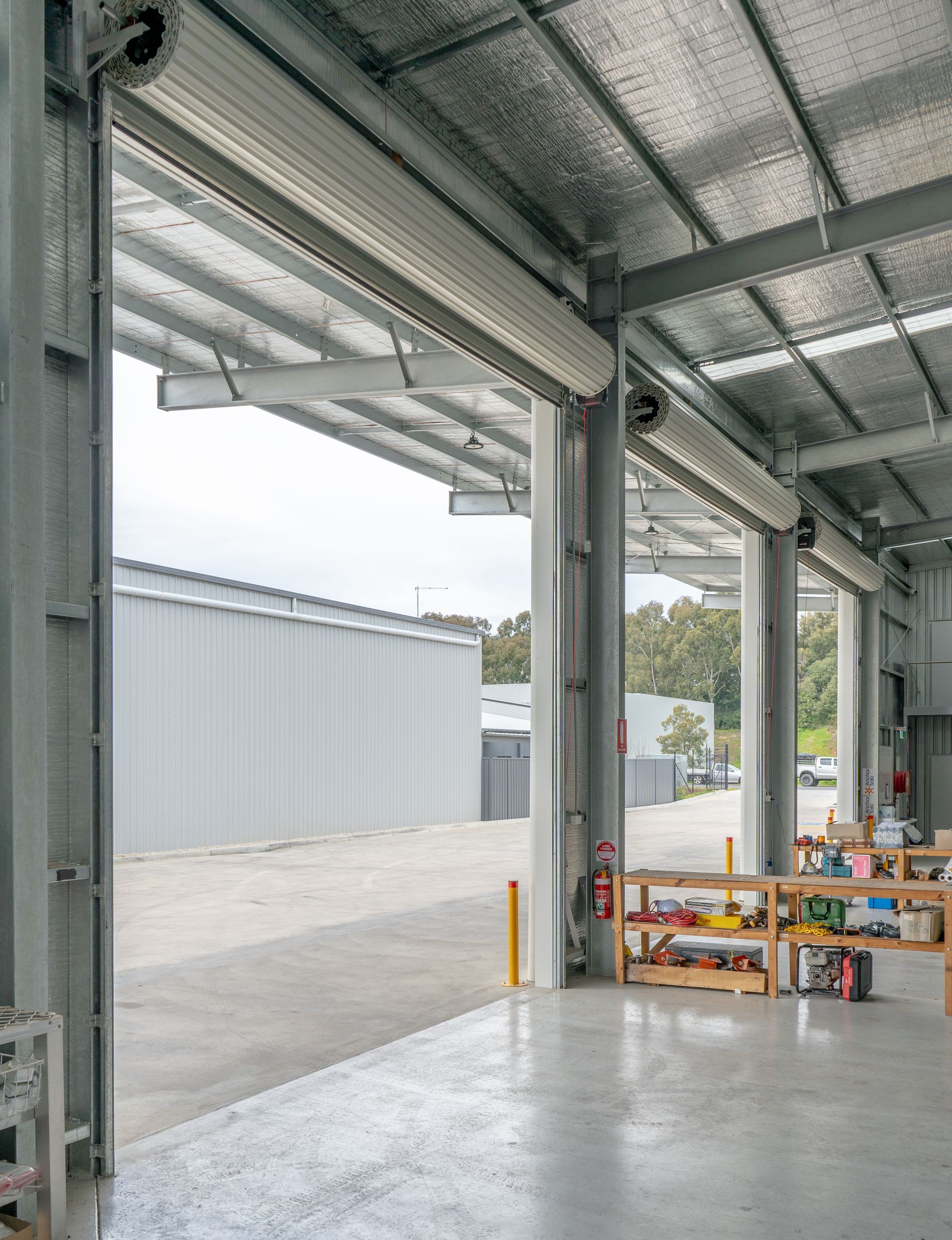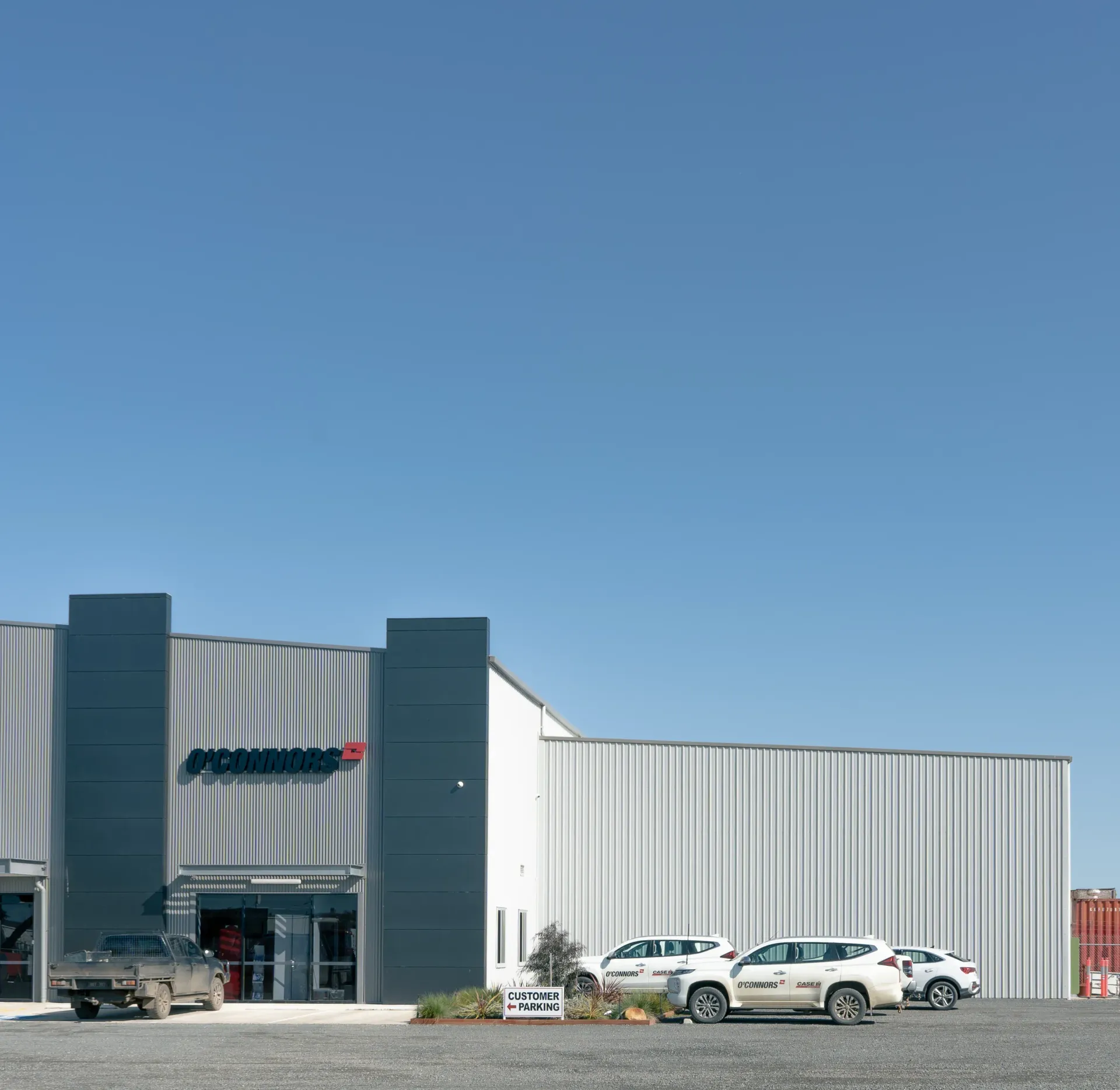Planning for Maximum ROI with a Multi-Tenant Development

IN BRIEF
Achieving a strong and swift return on investment (ROI) is the ultimate goal for any commercial project. For property investors looking to maximise their return, multi-tenant properties can present an attractive option.
They have lower vacancy risk than single-tenant properties and offer income diversification via several different tenants. But how can you determine if investing in an industrial shed or commercial multi-tenant property will bring strong, consistent returns?

Advantages of Multi-Tenant Commercial Real Estate
Having a large industrial building divided into several tenanted spaces comes with a handful of benefits:
- Lower Vacancy Risk: Unlike single-tenant properties, there is a low risk that all tenants of a multi-tenant property will vacate simultaneously, helping to safeguard against cash flow issues.
- Income Diversification: A portfolio of diverse tenants across different industries is better placed to ride out fluctuations in specific sectors, such as volatility in the construction industry.
- Flexible Lease Terms: Lease terms can be shorter than those in single-tenant properties (usually 3+ years as opposed to up to 10 years for individual tenants). Shorter commitments allow lessors to gain higher-value tenants and regularly increase rent, as well as turn over lower-value tenants more efficiently.
- Growth Opportunities: Lessors also have the option to support reliable tenants on their growth journey by leasing out more space in the same building as they expand.
Potential Challenges with Multi-Tenant Properties
While multi-tenant properties offer stability, they also bring additional management responsibilities:
- Higher Management Demands: Managing multiple tenants requires more administrative effort, including lease renewals and tenant communication.
- Maintenance Responsibilities: Building upkeep, such as maintaining parking lots, plumbing, and fire suppression systems, often falls to the lessor. This contrasts with single-tenant arrangements, where tenants may handle these responsibilities.
Despite these challenges, investment in industrial sheds and warehouses across Australia remains strong, with such properties delivering reliable returns for investors.
"Maximising ROI on commercial developments requires a strategic and thought-out approach."
- Joshua Wiggins, Steelcorp
What to Look for in a Commercial Property
Location Matters
Just like residential investments, location is critical. Consider:
- Demographics: Who will be renting your space?
- Future Infrastructure: Upcoming developments can increase demand.
- Economic Factors: A thriving local economy contributes to tenant stability.
The Right Structure
The structure itself should be practical, robust, and modern. Consider:
- Efficient Layouts: Optimised designs that enhance usability.
- Tenant-Attracting Features: Mezzanines, wide bays, and high entrances.
- Flexible Spaces: Versatile configurations that suit a range of industries.
Well-built industrial buildings attract higher-quality tenants, reducing potential headaches down the track. For example, a warehouse project designed with clearspan layouts or ample space for pallet racking might cater to a growing logistics market.

Key Metrics for Assessing Investment Risk and ROI
Joshua shares three common calculations for assessing the value of a commercial investment:
- Capitalisation Rate (Cap Rate): Indicates the annual return based on the property’s income and value.
- Cash-on-Cash Return: Compares annual cash flow to the total cash invested.
- Net Operating Income (NOI): Measures profitability after operating expenses.
- “Using these simple calculations to assess a commercial property can be a good indicator of its viability and profitability – but proceed with caution,” says Joshua.
Always consult with experienced advisors to ensure your investment aligns with your financial goals.

"Using these simple calculations to assess a commercial property can be a good indicator of its viability and profitability... but proceed with caution,"
- Joshua Wiggins, Steelcorp
Metrics:
Internal Rate of Return
Internal rate of return (IRR) is a metric used to compare the future value of an investment in today’s dollars.
This helps determine the risk involved in your investment by estimating profit projections throughout the lifetime ownership of the asset – or, the annual rate of growth.
IRR is expressed as a percentage, and if the number is higher, the investment is more likely to be profitable. Investopedia has a useful breakdown showing how to calculate IRR.
Cap Rate
The capitalisation rate or cap rate is a quick way to estimate the potential return on investment on a commercial property.
This method is an assessment of the yield of a property over a year, calculated by dividing the property’s annual net operating income by its market value. This formula gives a percentage that indicates the approximate annual cash flow that the property could generate.
A higher cap rate is generally indicative of higher returns, but also higher risk. Several factors can affect cap rates, such as interest rates, property location and the type of structure.
Gross Rent Multiplier
The Gross Rent Multiplier (GRM) ratio measures the value of a property relative to its rental income. It’s calculated by dividing the property’s sale price by its annual gross rental income to give a simple ratio.
A lower GRM indicates a better value investment, however, this doesn’t take into account important factors such as operating expenses and vacancy rates.
How Steelcorp Can Help
Maximising ROI on industrial steel building projects requires a strategic and well-researched approach.
While Steelcorp’s team aren’t financial advisors, valuers, or real estate agents, we’ve been heavily involved in many warehouse projects and commercial multi-tenant developments. As trusted industrial steel builders and commercial steel suppliers, we’re here to share our expertise.
If you’re planning a multi-tenant development or looking for steel construction services to bring your vision to life, contact us today to discuss your project requirements.
This information is supplied as a guide only and does not take into account your personal objectives, financial situation or particular needs. Always seek professional advice when assessing any commercial property investment.

Subscribe to our newsletter
Thank you.
Please try again later.
CONNECT
WEBSITE
POLICIES
STEELCORP
